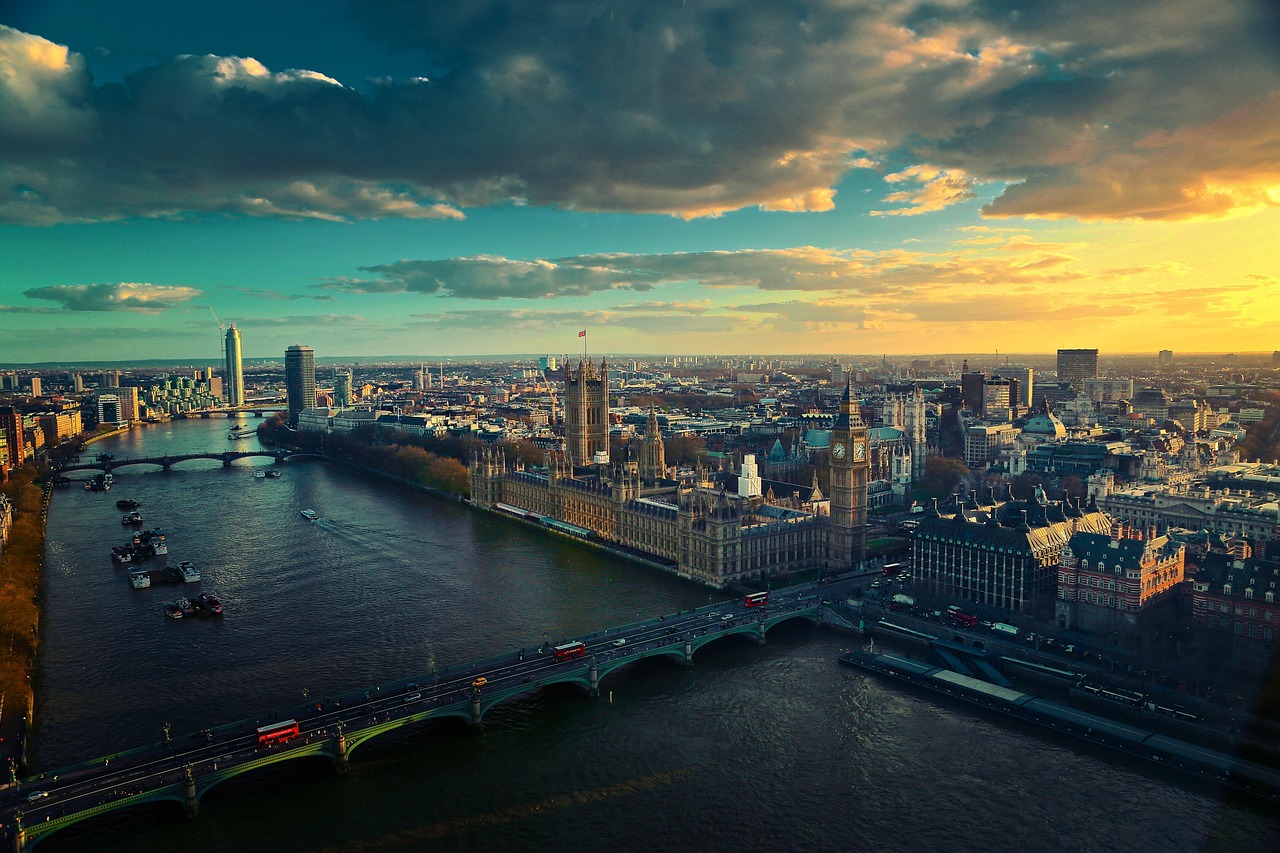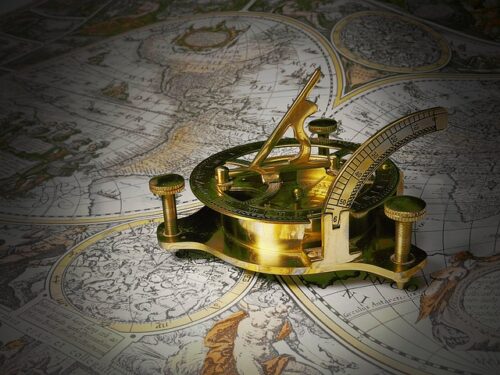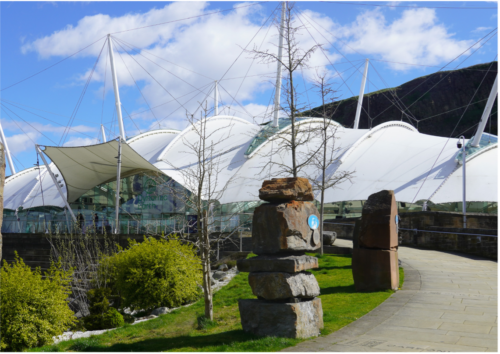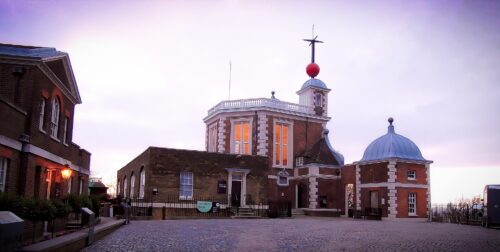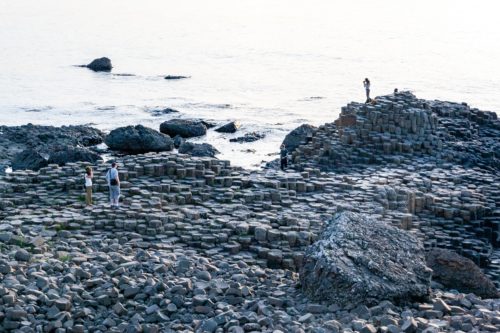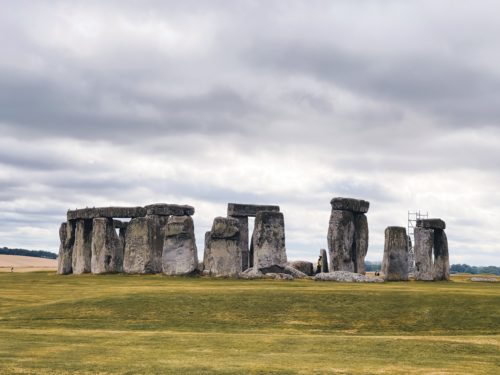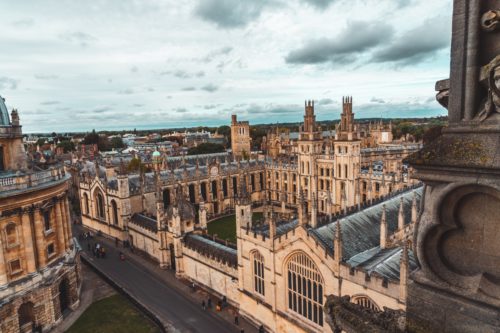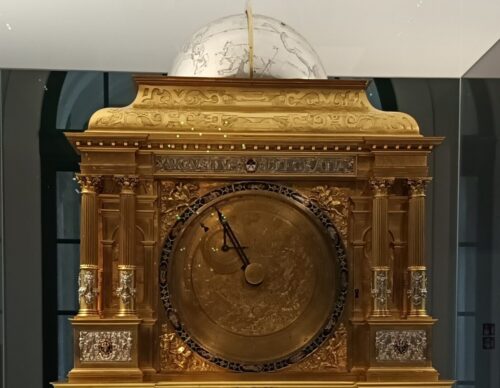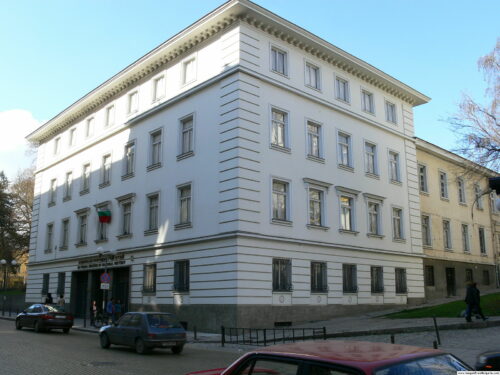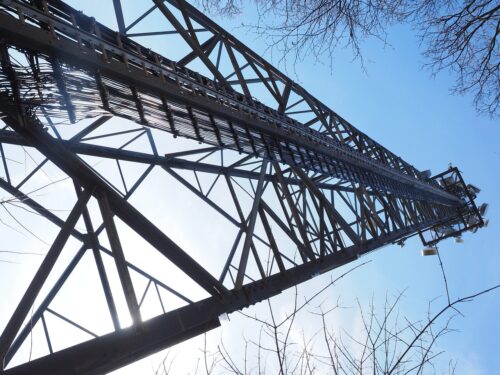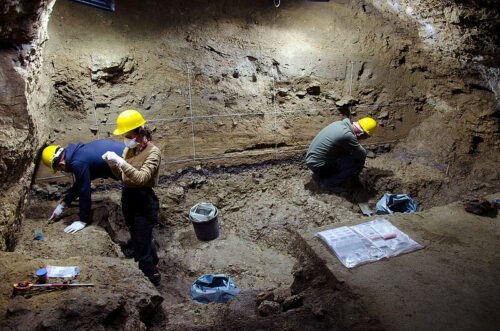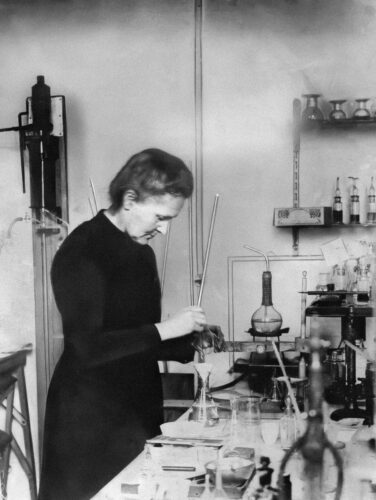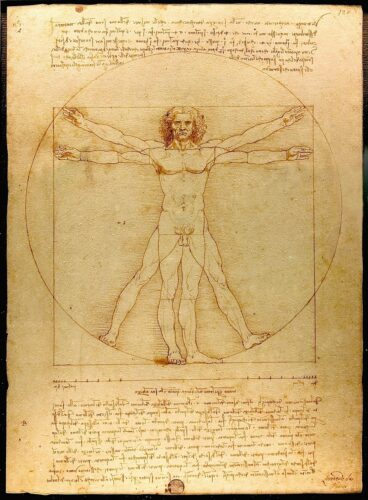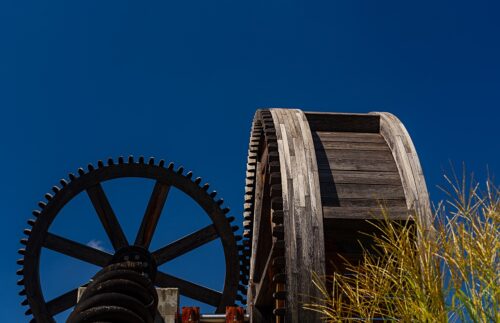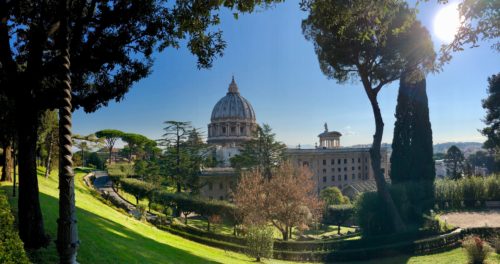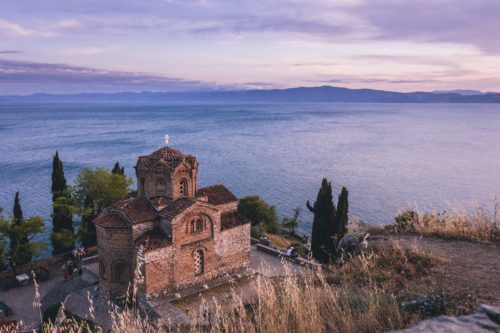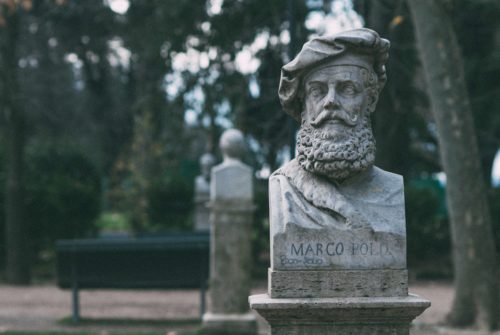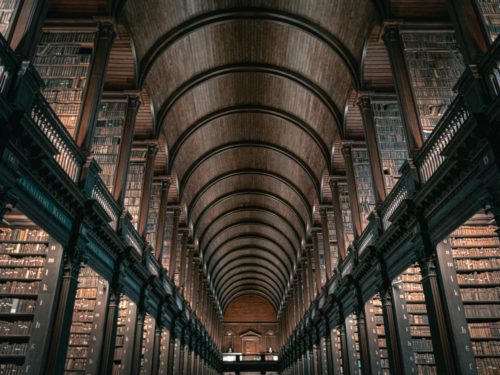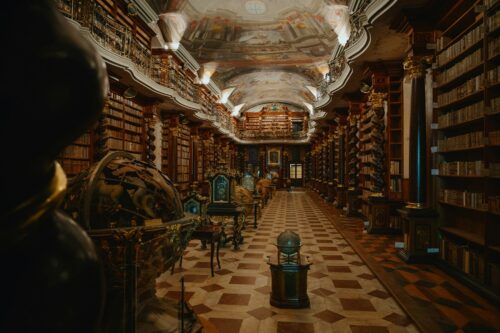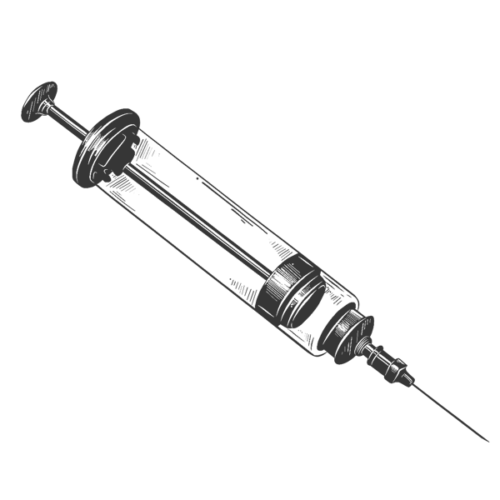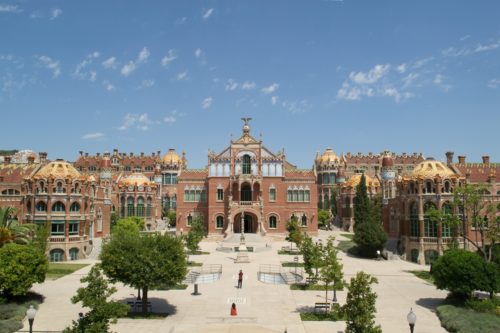It is a place where medical progress has been driven forward and princes have been born: in the 20th century, Alexander Fleming discovered penicillin at St. Mary’s Hospital in London, and around half a century later, Prince Harry was born there.
The hospital began admitting patients and students in 1851 and was the first teaching hospital to be designed from the outset with an affiliated medical school. In the 20th century, the middle class began to demand hospital admissions, thus prompting the state to improve access to medical care. In the years before the First World War, Almroth Wright worked at St. Mary’s and was knighted for his work on the typhoid vaccine. In 1912, Wright delegated the teaching of bacteriology to his assistant Alexander Fleming – who is considered to be the discoverer of penicillin. In doing so, he opened the door to the era of antibiotics.
During the First World War, he advised surgeons, with the result that fewer wounded soldiers died of gangrene. He worked with microbes and fungi, in particular with Penicillium notatum, a mould whose metabolic products counteract the build-up of other micro-organisms. This so-called antibiotic effect can also attack healthy tissue, but in 1932 Flemming proved that this does not apply to penicillin and that it can be used as an antibiotic against harmful bacteria.
Tourists should also explore the area around the hospital. St. Mary’s is located opposite Hyde Park, which is also bordered by Kensington Palace. The Serpentine Gallery, which offers changing art exhibitions with no entrance fee, is located in the park.
Photo: London. Credits: Pixabay/liushuquan.
